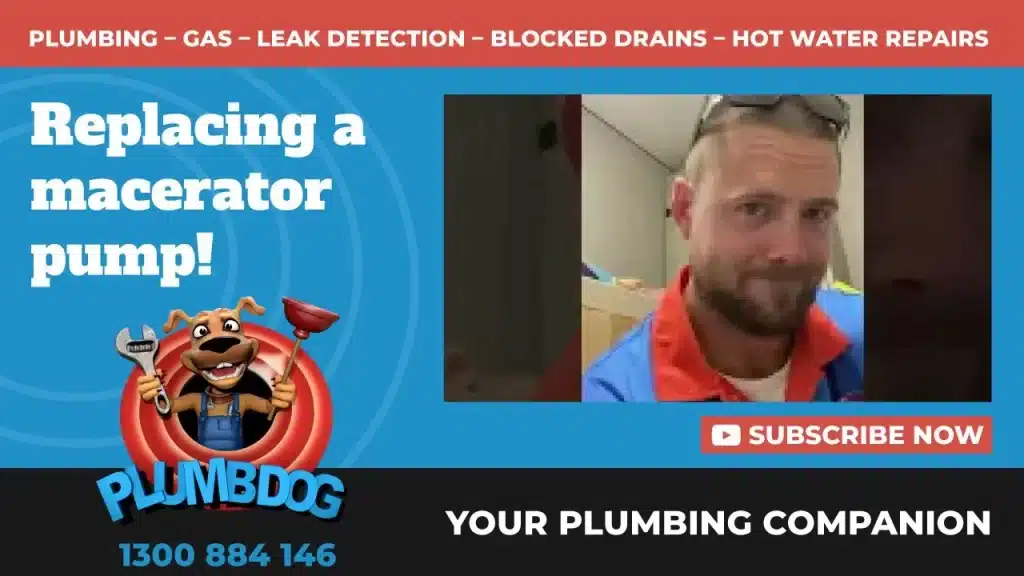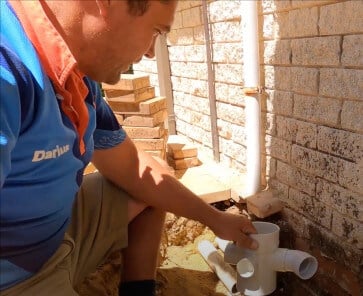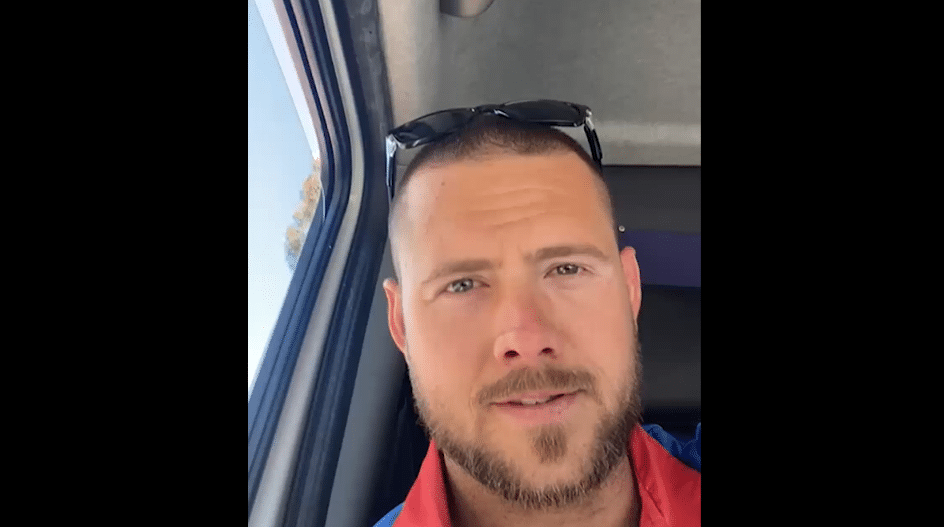When a toilet freshener leaves a bad smell
Don’t Stick Things Inside Your Toilet Pans
Like & Subscribe to our YouTube channel to stay up to date with our latest videos!
Plumbdog Rhyse is on the job today who was called out to investigate a blocked drain causing a blocked toilet.
This one is a short video but there’s so many key messages we want to share which we mention time and time again and can’t stress the importance for the benefit of our customers.
Inspection Point
You would hear us barking about this all the time, but we can’t stress how important knowing where your inspection points are. You can see in the video that Rhyse had to really get his paws dirty (but what a neat job he’s done) getting under tiles and digging to gain access to the plumbing inspection point.
If you do not know the locations of your plumbing access points, the plumber would need to spend time sniffing them out as you would have seen in some of our previous videos.
The Cause of The Blocked Drain
A toilet freshener caused the blocked drain at the property today. This style of toilet freshener is commonly available from hardware stores to dollar shops and quite commonly found in homes across Perth and even throughout Australia.
There’s plenty of common causes of blocked drains in the bathroom from hair to build-up of soap scum and we see all sorts of objects being found being flushed down the toilet. Who would have guessed that something made for a toilet could be the cause of this plumbing issue.
Tips to help you Save Time & Money
Long Term Solutions
At properties like this, we will often recommend that you extend the inspection point to ground level especially if it falls within your budget. This extra expense now will help you save on time related expenses in the future with any plumbing issues in the same area as the plumber will not have to spend time unnecessarily digging and replacing dirt and tiles.
Furthermore, if planning home improvements, renovations, extensions, do not overlook your inspection points and plumbing. A short term saving could become a more costly expense in the future.
Don’t Stick Things Inside Your Toilet Pan
You heard our Plumbdog say it in the video. If you are going to use these items, be aware that they can and do break or fall off and can be the cause of a plumbing issue costing much more to fix than what the actual item is worth.
When it comes to blocked toilets, we have the nose and skills to sniff out and fix any plumbing issues. If you’re in the Greater Perth, give us a whistle!
Subscribe To Our YouTube Channel






